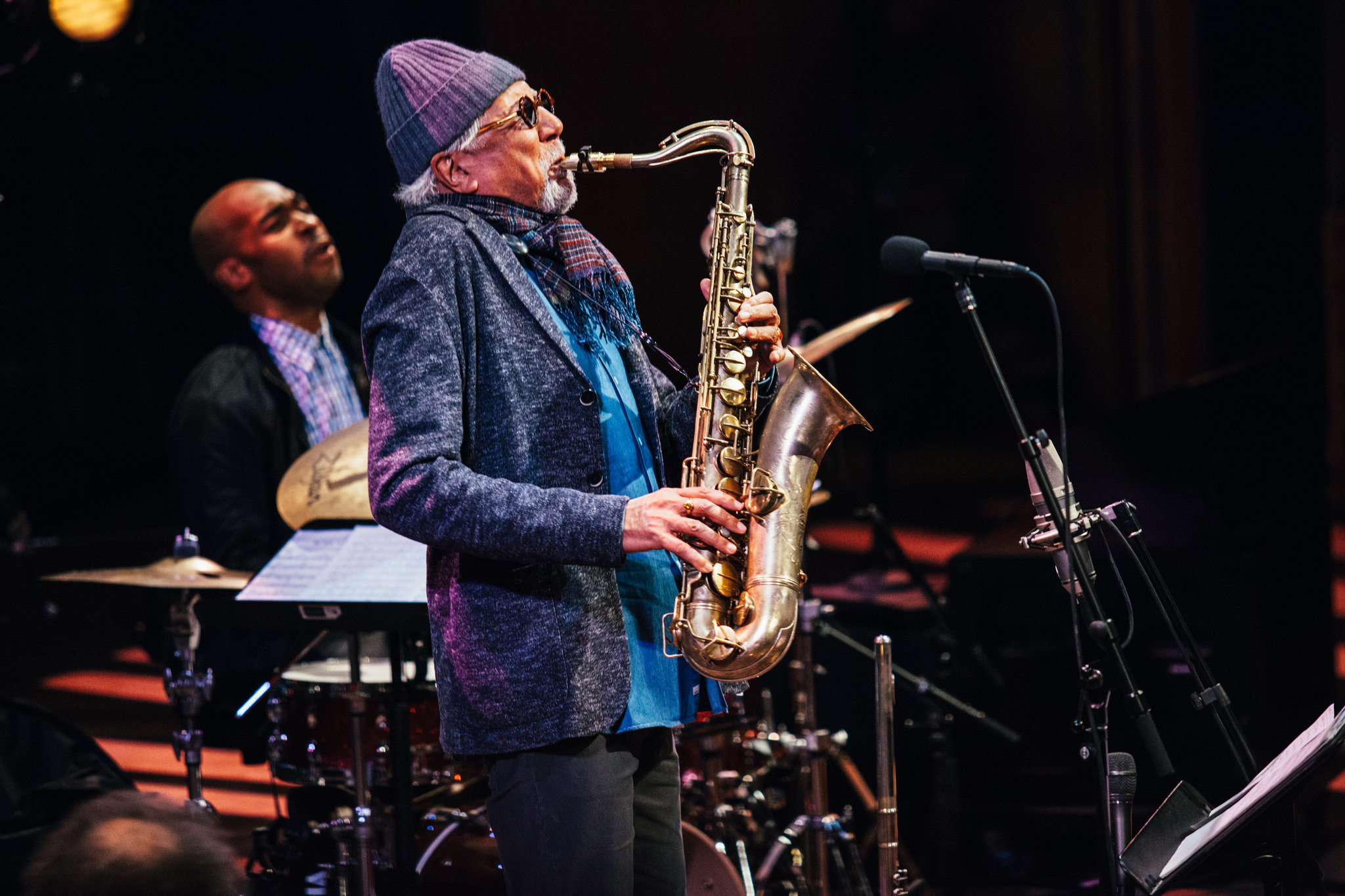Charles Lloyd, a luminary in the world of jazz, emerged as a transformative force in the genre, leaving an indelible mark on its landscape. Born on March 15, 1938, in Memphis, Tennessee, Lloyd’s journey into music began at an early age. Growing up in the vibrant musical environment of Memphis, he was exposed to the rich traditions of blues, gospel, and jazz that permeated the city’s streets.
Lloyd’s musical prowess became evident as he mastered various instruments, including the saxophone, flute, and piano. His talent and dedication led him to study music at the University of Southern California, where he honed his skills under the guidance of renowned saxophonist and educator Buddy Collette.
In the late 1950s and early 1960s, Lloyd embarked on his professional career, making a name for himself as a sideman with prominent jazz artists such as Chico Hamilton, Cannonball Adderley, and Gerald Wilson. His remarkable abilities as a saxophonist and his innovative approach to improvisation quickly garnered attention within the jazz community.
However, it was his groundbreaking work as a bandleader that solidified Lloyd’s place in jazz history. In 1966, he formed the Charles Lloyd Quartet, featuring Keith Jarrett on piano, Cecil McBee on bass, and Jack DeJohnette on drums. This ensemble, characterized by its adventurous spirit and seamless interplay, captivated audiences worldwide with its dynamic performances.
The Charles Lloyd Quartet’s landmark album, “Forest Flower: Live at Monterey,” recorded at the 1966 Monterey Jazz Festival, catapulted Lloyd to international fame. The album’s title track, a mesmerizing blend of modal jazz and Eastern influences, became a crossover hit and remains one of the best-selling jazz albums of all time.
Throughout the 1970s and 1980s, Lloyd continued to push the boundaries of jazz, exploring diverse musical traditions and collaborating with artists from various genres. His collaborations with musicians such as drummer Billy Higgins, pianist Michel Petrucciani, and guitarist John Abercrombie further showcased his versatility and innovative spirit.
After a period of relative seclusion in the 1990s, Lloyd returned to the forefront of the jazz scene in the early 2000s, releasing a series of critically acclaimed albums that reaffirmed his status as a visionary artist. His collaborations with younger musicians, including pianist Jason Moran and guitarist Bill Frisell, demonstrated his enduring influence and relevance in the ever-evolving landscape of jazz.
Today, Charles Lloyd’s legacy looms large, his contributions to the world of music celebrated by audiences and fellow musicians alike. With his unparalleled creativity, boundless curiosity, and unwavering dedication to his craft, he continues to inspire generations of musicians and music lovers around the globe.


No responses yet